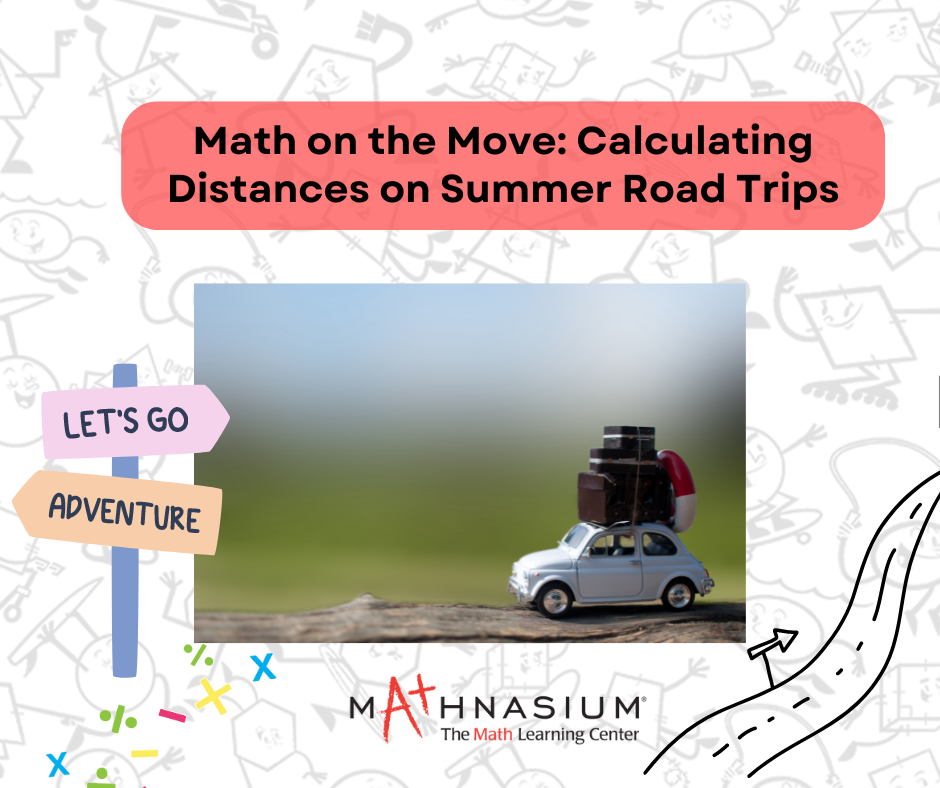As summer approaches, many of us start planning road trips to explore new destinations, visit loved ones, or simply enjoy the open road. Amidst the excitement of packing bags and preparing itineraries, there's an often-overlooked hero that silently guides us on our journeys: mathematics. Yes, you read that right – math plays a crucial role in calculating distances, estimating travel times, and optimizing routes for our summer adventures.
Imagine this: you're sitting in your car, eager to hit the road. You've mapped out your route, but how do you know exactly how far you'll be traveling? This is where mathematical concepts like distance measurement come into play. Whether you're using GPS navigation systems or old-fashioned paper maps, understanding the mathematics behind distance calculation is essential.
One of the fundamental mathematical tools for calculating distances is the concept of scale. Maps represent large geographical areas in a smaller, more manageable size. The scale of a map indicates the ratio of the distance on the map to the corresponding distance on the ground. For example, a scale of 1:100,000 means that one unit on the map represents 100,000 units on the actual terrain. By understanding the scale of a map, travelers can accurately gauge distances and plan their routes accordingly.
But what if your route involves multiple stops and detours? This is where arithmetic comes into play. Adding up individual distances between each stop gives you the total distance of your journey. For instance, if you're traveling from point A to point B with a stop at point C along the way, you can calculate the total distance by summing the distances between A and C, and C and B.
Furthermore, calculating travel time requires more than just knowing the distance. Factors like speed limits, traffic conditions, and rest stops influence how long it takes to reach your destination. This is where rate-time-distance problems come into play. By using formulas such as distance = speed × time, travelers can estimate how long it will take to cover a certain distance at a given speed.
But what if you want to optimize your route to minimize both distance and time? Enter the realm of optimization problems. Mathematicians and computer scientists have developed algorithms like Dijkstra's algorithm and the Traveling Salesman Problem to find the most efficient routes between multiple points. These algorithms consider factors such as distance, time, and traffic patterns to determine the optimal path.
Moreover, modern technology has revolutionized how we navigate during road trips. GPS navigation systems use complex mathematical models and algorithms to calculate routes in real time, taking into account factors like traffic congestion and road closures. These systems not only guide us turn-by-turn but also provide valuable insights into estimated arrival times and alternative routes.
In conclusion, mathematics is the unsung hero of summer road trips. From calculating distances and estimating travel times to optimizing routes and navigating with GPS, math plays a vital role in ensuring smooth and enjoyable journeys. So, the next time you're embarking on a summer adventure, remember to thank mathematics for guiding you every mile of the way. Happy travels!












